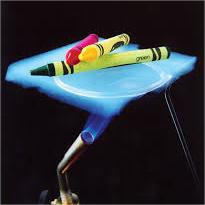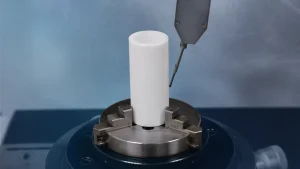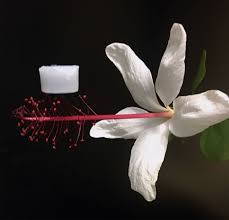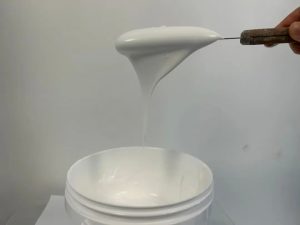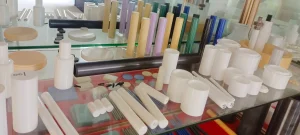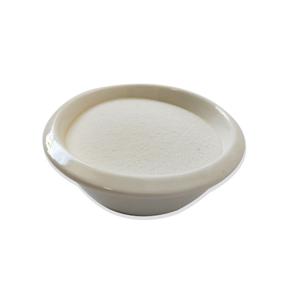Professional industry ceramic supplier, silicon nitride, silicon carbide, aluminum nitride and any other kinds of ceramics.
1. Introduction
When you think of crucibles, you might picture alchemists or molten metal in foundries. But today’s high-performance crucibles—especially those made from silicon carbide—are engineering marvels used across industries and even in your kitchen. The silicon carbide crucible stands out for its unmatched thermal shock resistance, strength at high temperatures, and chemical inertness.

From melting aluminum to baking casseroles, silicon carbide’s versatility is reshaping how we handle heat-intensive processes. Let’s break down what makes this advanced ceramic so special—and why it’s popping up in everything from furnace linings to ceramic dinner plates.
2. What Is a Silicon Carbide Crucible?
A silicon carbide crucible is a container made from silicon carbide (SiC), a compound of silicon and carbon. Known for its extreme hardness and thermal conductivity, silicon carbide is sintered into dense, durable forms that can withstand temperatures over 1,600°C (2,912°F).
Unlike traditional clay or graphite crucibles, silicon carbide crucibles resist oxidation, thermal shock, and corrosion from molten metals like aluminum, copper, and zinc. This makes them ideal for foundries, laboratories, and metal casting operations.
3. Why Silicon Carbide? Key Properties
Silicon carbide isn’t just tough—it’s smartly engineered for performance:
- Exceptional thermal conductivity (better than most metals)
- High mechanical strength even at elevated temperatures
- Low thermal expansion, reducing cracking during rapid heating or cooling
- Chemically inert to many acids, alkalis, and molten salts
These traits make silicon carbide a go-to material not only for crucibles but also for silicon carbide ceramic tiles, burner nozzles, and furnace tubes.
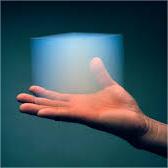
4. Industrial Applications Beyond Crucibles
While the silicon carbide crucible dominates metal processing, SiC components are everywhere in heavy industry:
- Silicon carbide brick and rbsic silicon carbide tile block line kilns and furnaces
- Silicon carbide ceramic columns and rings support high-temp structures
- Silicon carbide burner nozzles deliver precise, erosion-resistant flame control
- Silicon carbide tubes—like thermocouple protection tubes or porous ceramic tubes—handle corrosive gases and extreme heat
Even silicon carbide discs and grinding discs leverage SiC’s hardness for precision machining of ceramics and glass.
5. Silicon Carbide vs. Other Advanced Ceramics
How does silicon carbide stack up against peers like boron carbide or silicon nitride?
Boron carbide vs silicon carbide: Boron carbide (B4C) is harder and used in armor, but it’s more expensive and less thermally conductive. SiC wins for thermal management and cost-effectiveness in most industrial settings.
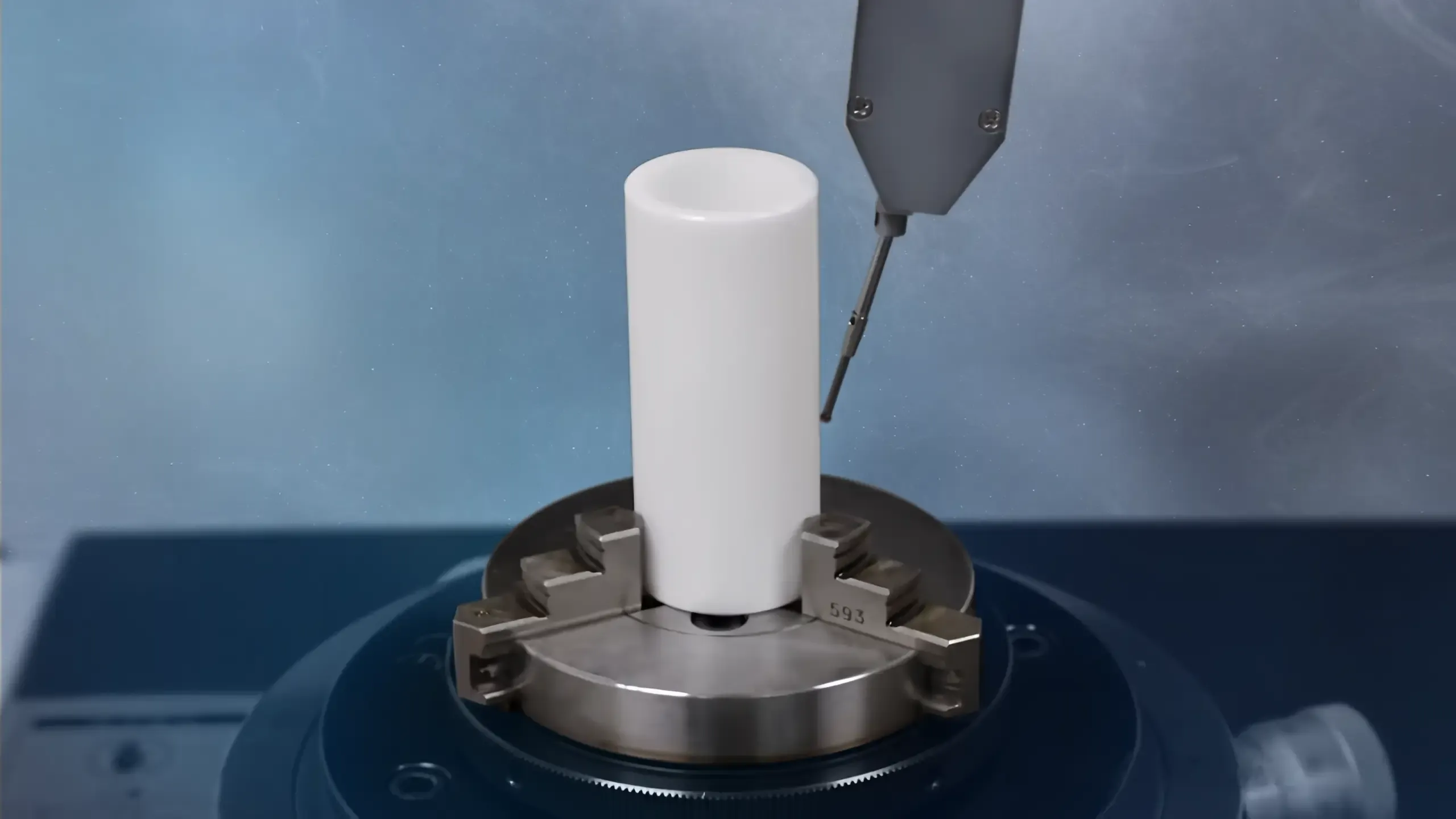
Silicon nitride (Si3N4), on the other hand, offers superior fracture toughness and is preferred for dynamic loads—like in custom silicon nitride heat shields or silicon nitride rings. Some manufacturers even operate a silicon nitride crucible factory for specialized lab use.
Meanwhile, zirconia crucibles and alumina (Al2O3) ceramics serve niche roles but lack SiC’s balance of conductivity and durability.
6. Surprising Kitchen Uses: Silicon Carbide Ceramic Dinnerware
Yes, your casserole dish might contain silicon carbide! High-end ceramic cookware—marketed as silicon carbide ceramic baking dish, silicon carbide ceramic casserole dish, or even silicon carbide ceramic dinner plates—uses SiC for even heating and thermal shock resistance.
Brands incorporate silicon carbide into:
- Silicon carbide ceramic pie dish and casserole with lid
- Silicon carbide ceramic serving bowls and platters
- Silicon carbide black ceramic plates and white ceramic plates
- Silicon carbide ceramic butter dish with lid and ramekins
These aren’t just pretty—they’re functional. A silicon carbide oven ceramic dish won’t crack when moved from freezer to oven, and silicon carbide ceramic plates for dinner retain heat longer than standard stoneware.
7. Choosing the Right Form for Your Needs
Whether you need a lab crucible or a holiday platter, material form matters:
- For metal melting: dense, high-purity silicon carbide crucible
- For structural support: rbsic silicon carbide tile block or ceramic columns
- For fluid handling: silicon carbide ceramic pipe or tube
- For tableware: food-safe, glazed silicon carbide ceramic dishes
Always verify purity and manufacturing method—reaction-bonded (RBSiC) and sintered SiC offer different trade-offs in cost and performance.
8. Conclusion
The silicon carbide crucible is more than a metal-melting pot—it’s a symbol of how advanced ceramics bridge heavy industry and everyday life. From silicon carbide ceramic baking trays to high-temp furnace tubes, this material delivers reliability where heat and stress are relentless. As manufacturing evolves, expect to see even more innovation in both industrial components and kitchenware made from this remarkable ceramic.
Our Website founded on October 17, 2012, is a high-tech enterprise committed to the research and development, production, processing, sales and technical services of ceramic relative materials such as 7. Our products includes but not limited to Boron Carbide Ceramic Products, Boron Nitride Ceramic Products, Silicon Carbide Ceramic Products, Silicon Nitride Ceramic Products, Zirconium Dioxide Ceramic Products, etc. If you are interested, please feel free to contact us.

